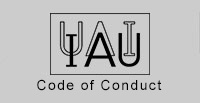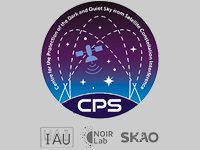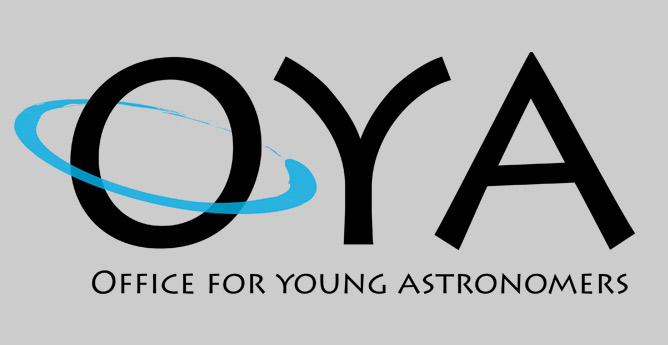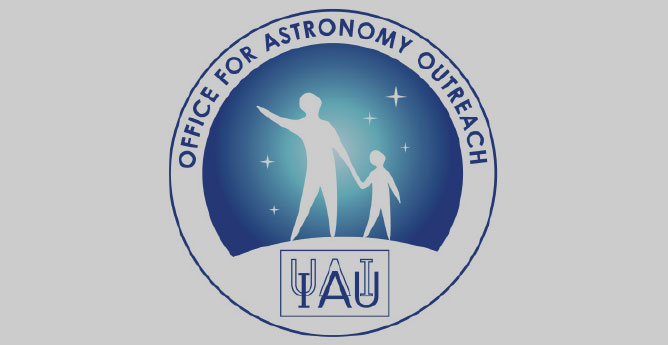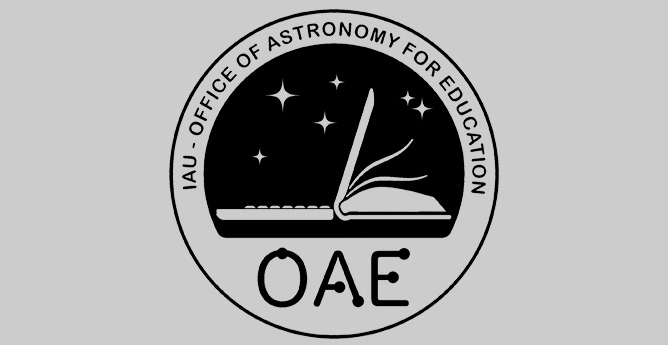- News
- Science
- Scientific Bodies
- Divisions
- Commissions
- Commission A1 Structure
- Commission A2 Structure
- Commission A3 Structure
- Commission A4 Structure
- Commission B1 Structure
- Commission B2 Structure
- Commission B3 Structure
- Commission B4 Structure
- Commission B5 Structure
- Commission B6 Structure
- Commission B7 Structure
- Commission C1 Structure
- Commission C2 Structure
- Commission C3 Structure
- Commission C4 Structure
- Commission D1 Structure
- Commission E1 Structure
- Commission E2 Structure
- Commission E3 Structure
- Commission E4 Structure
- Commission F1 Structure
- Commission F2 Structure
- Commission F3 Structure
- Commission F4 Structure
- Commission G1 Structure
- Commission G2 Structure
- Commission G3 Structure
- Commission G4 Structure
- Commission G5 Structure
- Commission H1 Structure
- Commission H2 Structure
- Commission H3 Structure
- Commission H4 Structure
- Commission J1 Structure
- Commission J2 Structure
- Commission J3 Structure
- Commission X1 Structure
- Commission X2 Structure
- Past Commission Organising Committees
- Working Groups
- Centres
- Scientific Meetings
- Rules & Guidelines
- General Assemblies
- Meeting Proposals
- Future IAU Meetings
- General Assemblies
- EC Meetings
- Officers' Meetings
- Regional Meetings
- Symposia
- Focus Meetings
- Institutional Meetings
- IAU Offices Meetings
- IAU-Sponsored Meetings
- Letters of Intent submitted for 2024
- Letters of Intent submitted for 2023
- Letters of Intent submitted for 2022
- Letters of Intent submitted for 2021
- Letters of Intent submitted for 2020
- Past IAU Meetings
- Templates
- Other Meetings
- Grants & Prizes
- Scientific Bodies
- Publications
- IAU Publications
- IAU Strategic Plan
- Symposia
- WGSBN Bulletins
- Regional Meetings
- Information Bulletins/Catalyst
- E-Newsletters
- Focus Meetings
- Transactions A
- Transactions B
- Related Publications
- GA Newspapers
- CAPjournal
- IAU Books
- Brochures
- IAU Offices
- WG Reports
- Commission Reports
- Division Reports
- Past IAU Publications
- Rules, Guidelines and Instructions for Proceedings
- Publishers
- IAU Publications
- Administration
- About the IAU
- Statutes & Rules
- IAU Policies
- IAU Executive Bodies
- IAU Secretariat
- Resolutions
- Members Administration
- Administrative Dates & Deadlines
- International Organisations Relations
- Donate to the IAU
- Training in Astronomy
- Astronomy for Education
- Astronomy for Development
- Astronomy for the Public
- Office for Astronomy Outreach
- FAQ
- Themes
- Satellite Constellations
- Astronomy in Everyday Life
- How to Report a Discovery
- Careers in Astronomy
- Defining our Place in the Cosmos
- The Constellations
- Light Pollution
- Measuring the Universe
- Near Earth Objects
- How to Participate in Astronomy Research
- Naming of Astronomical Objects
- Naming of Exoplanets
- Buying Star Names
- Naming Stars
- Pluto and the Solar System
- IAU Member Statistics
- Our Moon: the Moon
- Meteors & Meteorites: The IAU Definitions of Meteor Terms
- UNESCO-IAU Portal to the Heritage of Astronomy
- Social Media
- Past Events
- Call for Online Resources
- Astronomy@Home Awards
- Contact
Measuring the Universe
The IAU and astronomical units
Scientists use units all the time. The concept of an internationally standardised system of units is one of the most fundamental in experimental science. Everyone uses familiar units such as kilograms, kilometres and seconds and they are indispensable in daily life. Scientists may need more exotic units such as measures of current, frequency and other scientific quantities, but the principle is the same, without an agreed scheme of measurement, scientists could not share results and there could be disastrous and costly mistakes.
The International Astronomical Union (IAU) is responsible for maintaining and approving a special set of units in astronomy, formally defined in 1976. One of the most important of these is the astronomical unit. It is a unit of length approximating the Sun-Earth distance (of about 150 million kilometres) which is of convenient use in astronomy. According to its definition adopted by the XXVIIIth General Asssembly of the IAU (IAU 2012 Resolution B2), the astronomical unit is a conventional unit of length equal to 149 597 870 700 m exactly. This definition is valid irrespective of the used time scale. The unique symbol for the astronomical unit is au. The IAU also defines other astronomical units: the astronomical unit of time is 1 day (d) of 86,400 SI seconds (s) (SI is the International System of Units) and the astronomical unit of mass is equal to the mass of the Sun, 1.9891×1030 kg.
Beyond the Solar System the distances in astronomy are so great that using the au becomes too cumbersome. The IAU recognises several other distance units to be used on different scales. For studies of the structure of the Milky Way, our local galaxy, the parsec (pc) is the usual choice. This is equivalent to about 30.857×1012 km, or about 206,000 aus, and is itself defined in terms of the au – as the distance at which one Astronomical Unit subtends an angle of one arcsecond. Alternatively the light-year (ly) is sometimes used in scientific papers as a distance unit, although its use is mostly confined to popular publications and similar media. The light-year is roughly equivalent to 0.3 parsecs, and is equal to the distance traveled by light in one Julian year in a vacuum, according to the IAU. To think of it in easily accessible terms, the light-year is 9,460,730,472,580.8 km or 63,241 au. While smaller than the parsec, it is still an incredibly large distance.
Defining a unit is often more complex than first appears. For instance, to define a light-year it is necessary to understand exactly what a year is. When referring to a year in the precisely defined astronomical sense, it should be written with the indefinite article “a” as “a year”. Although there are several different kinds of year, the IAU regards a year as a Julian year of 365.25 days (31.5576 million seconds) unless otherwise specified. The IAU also recognises a Julian century of 36,525 days in the fundamental formulas for precession (more info). Other measurements of time such as sidereal, solar and universal time are not suitable for measuring precise intervals of time, since the rate of rotation of Earth, on which they ultimately depend, is variable with respect to the second.
Reference
Seidelmann, P. K. (Ed.), 1992, Explanatory supplement to the Astronomical Almanac, University Science Books



